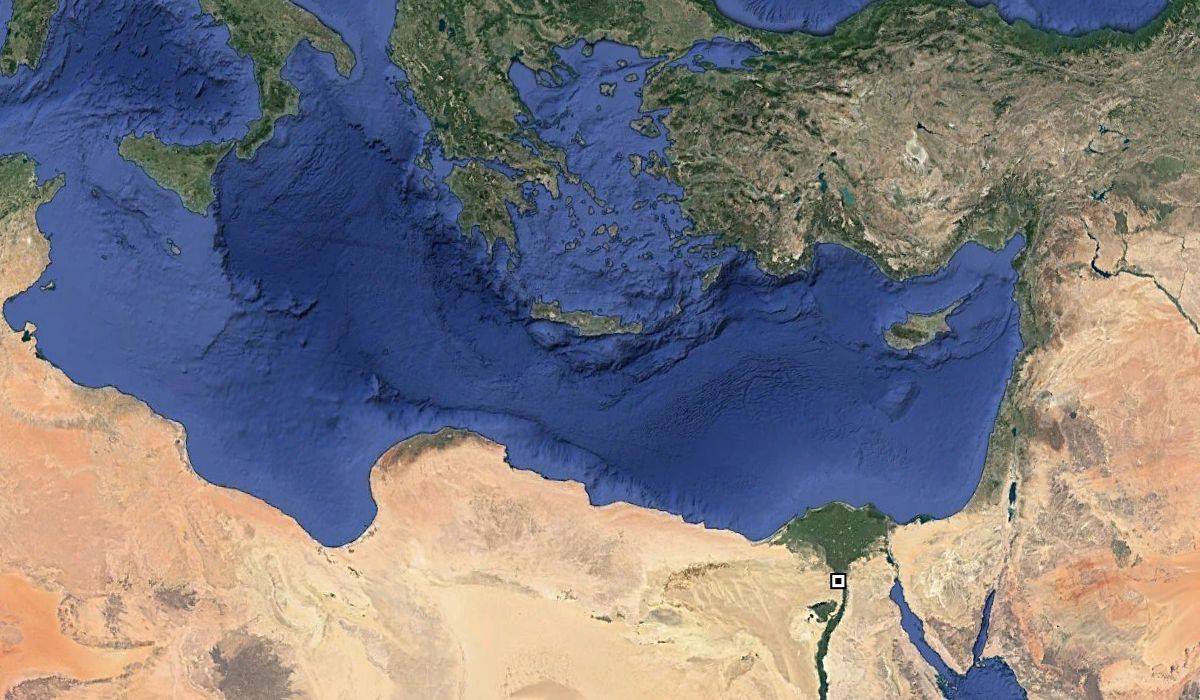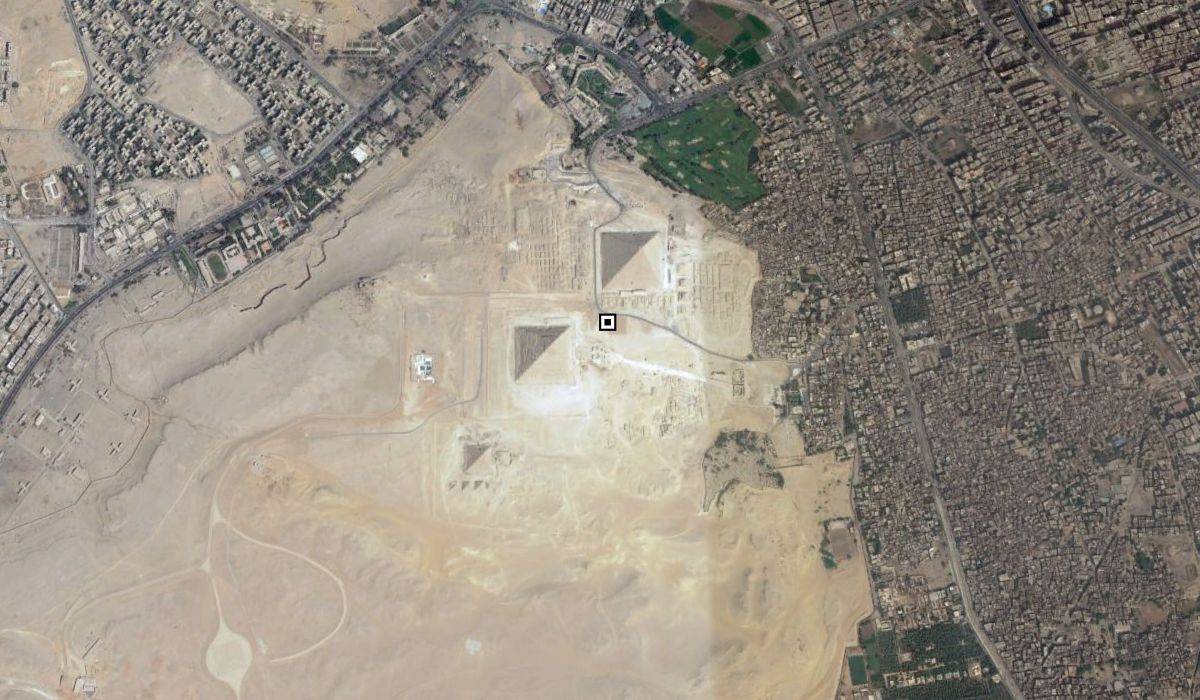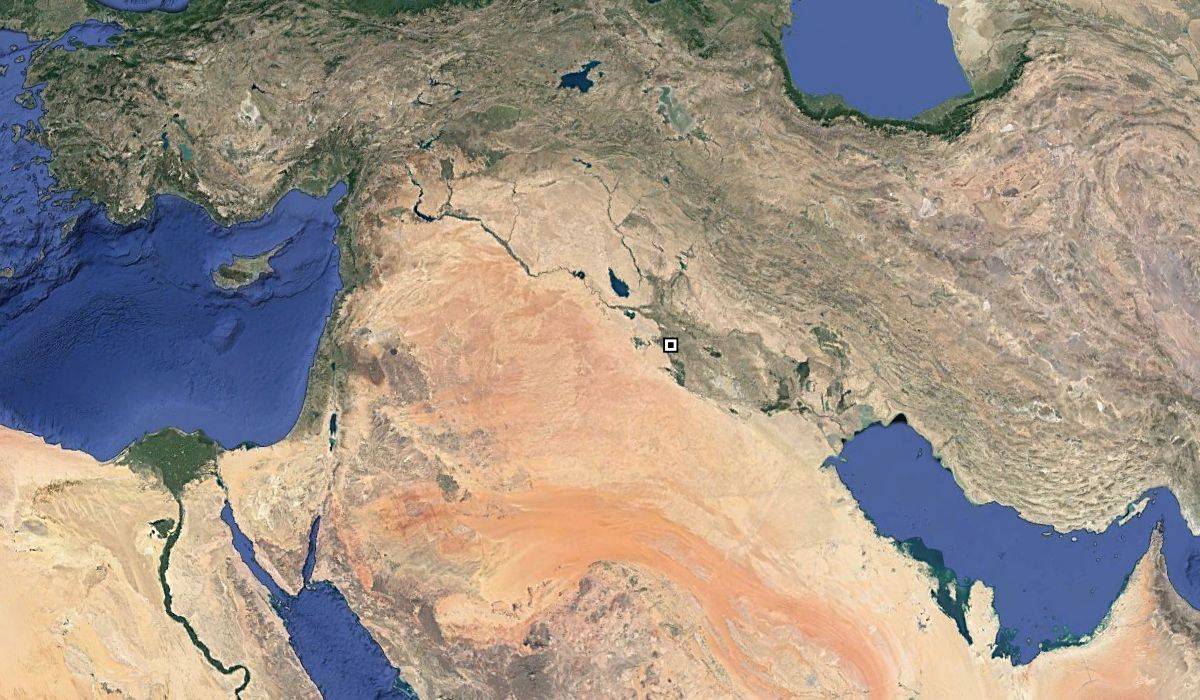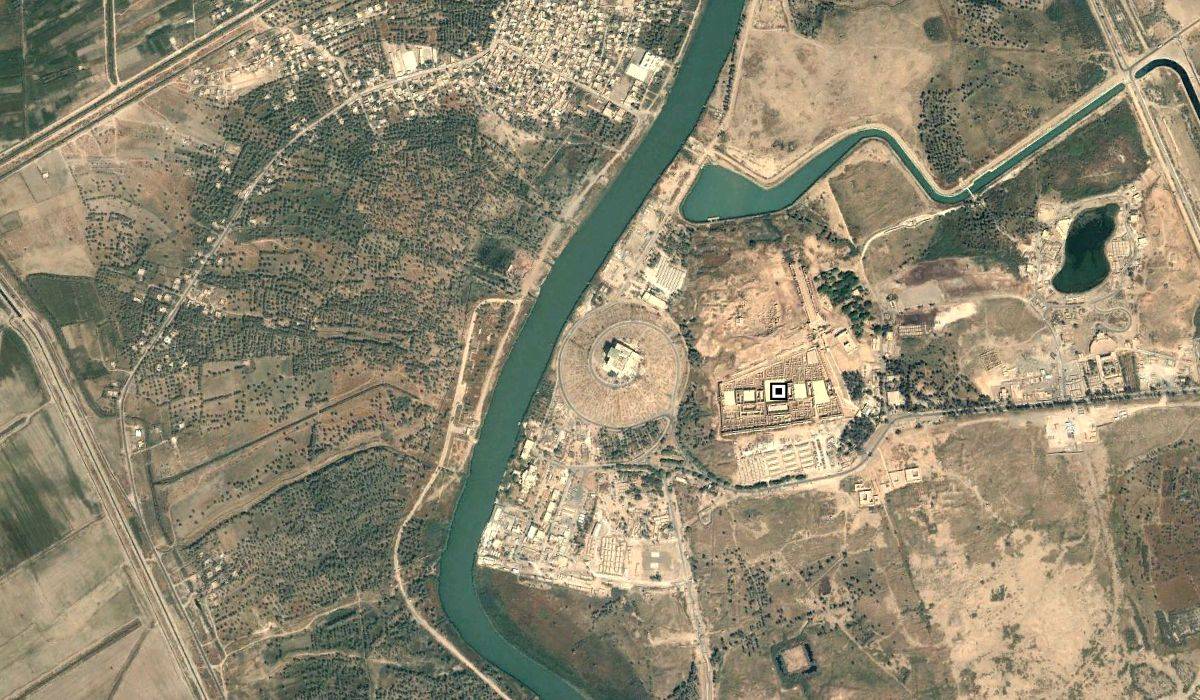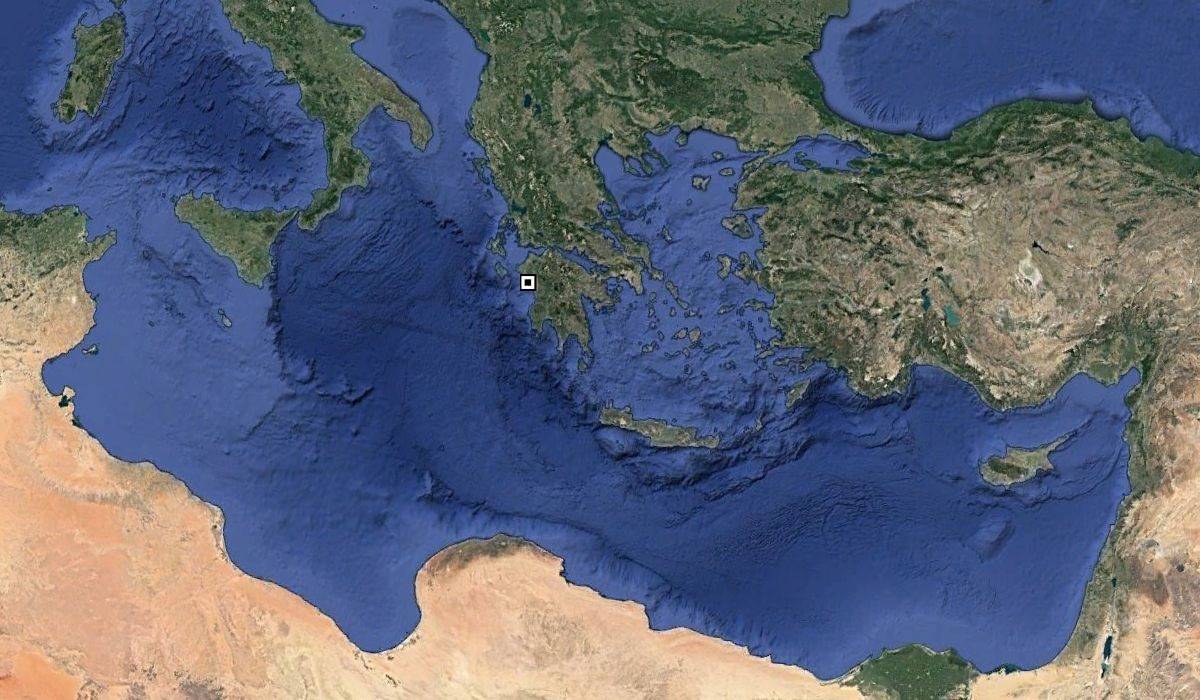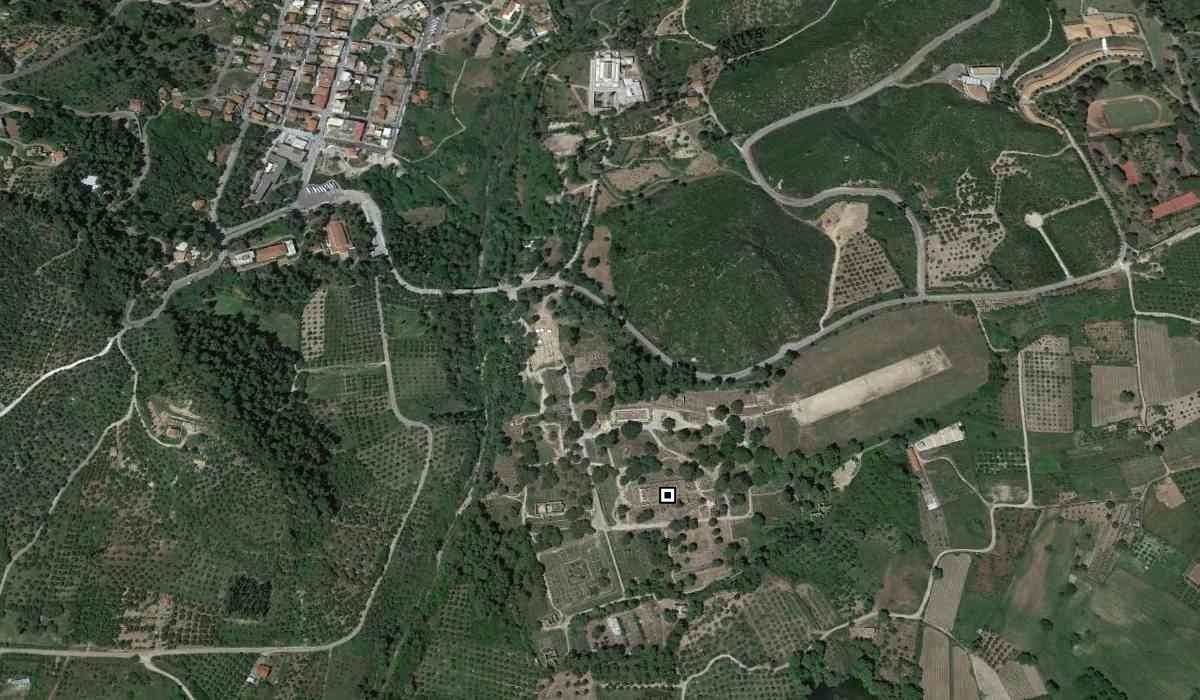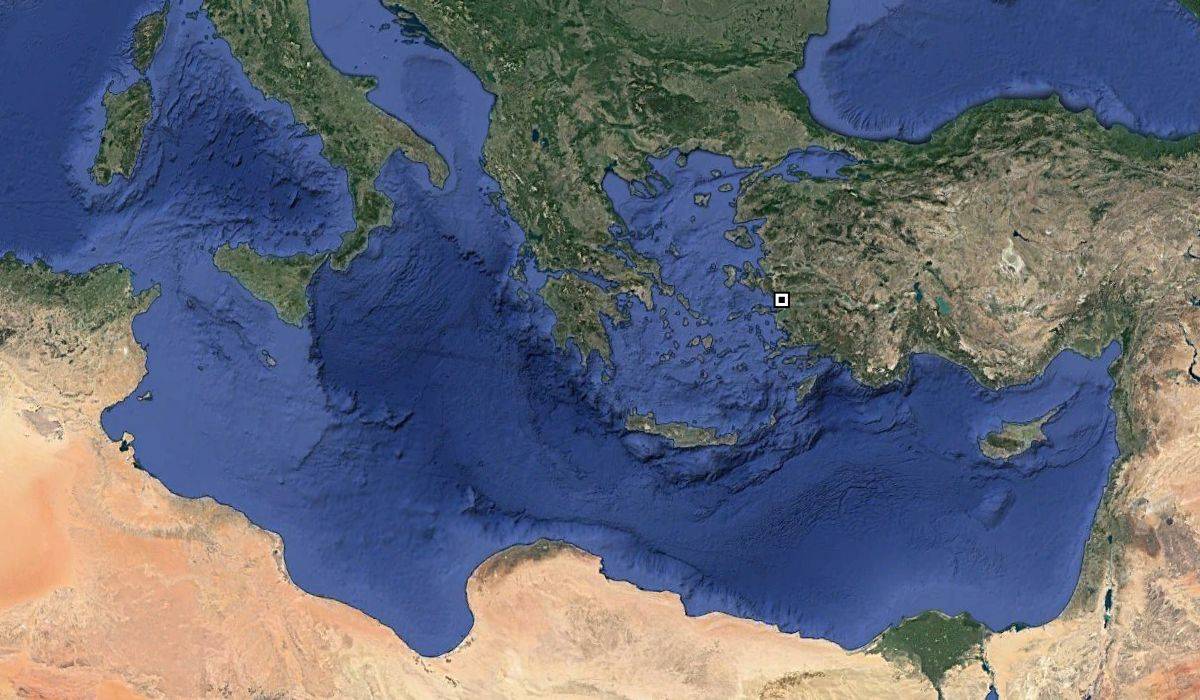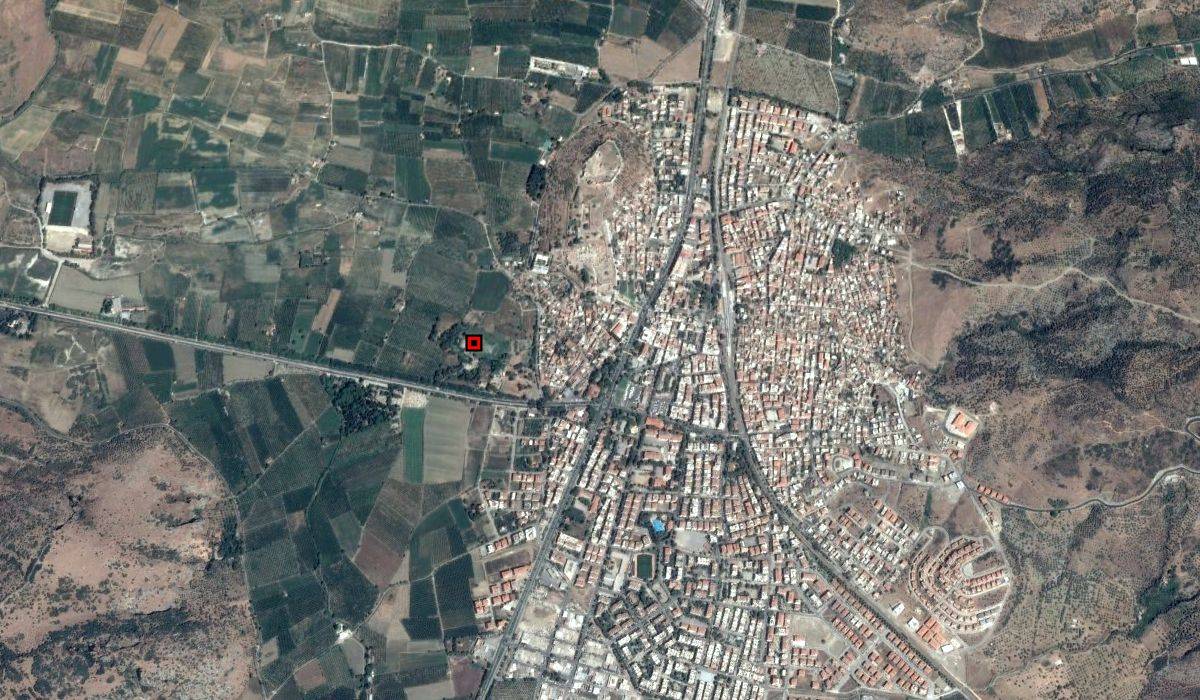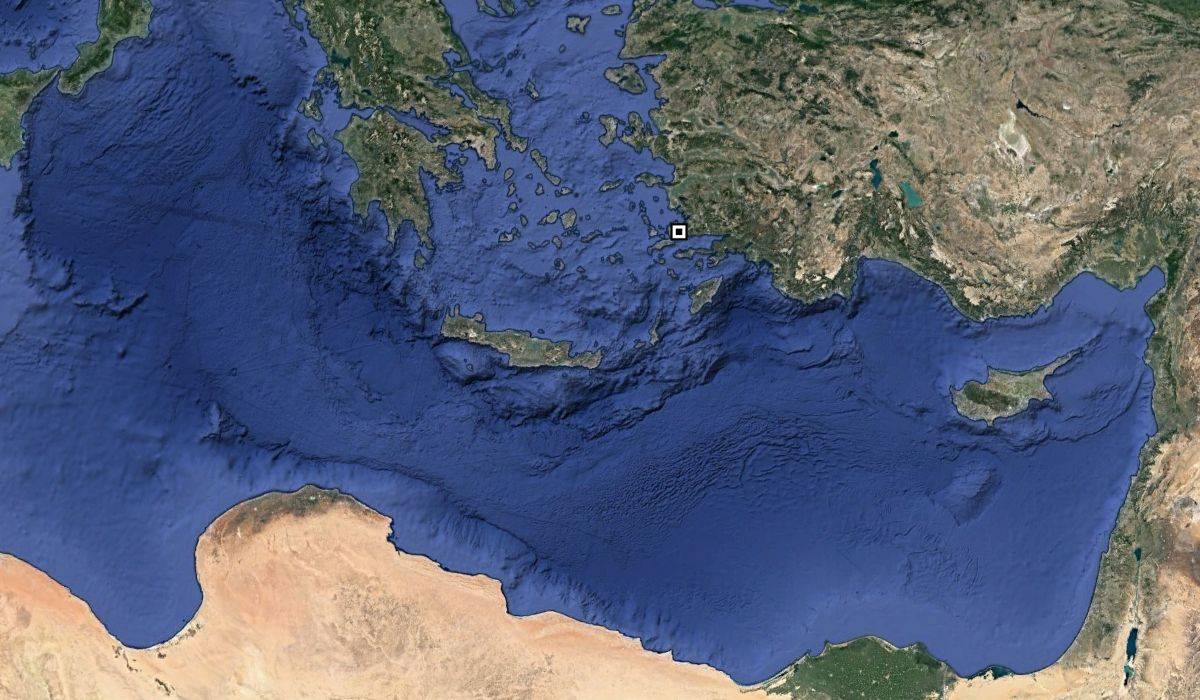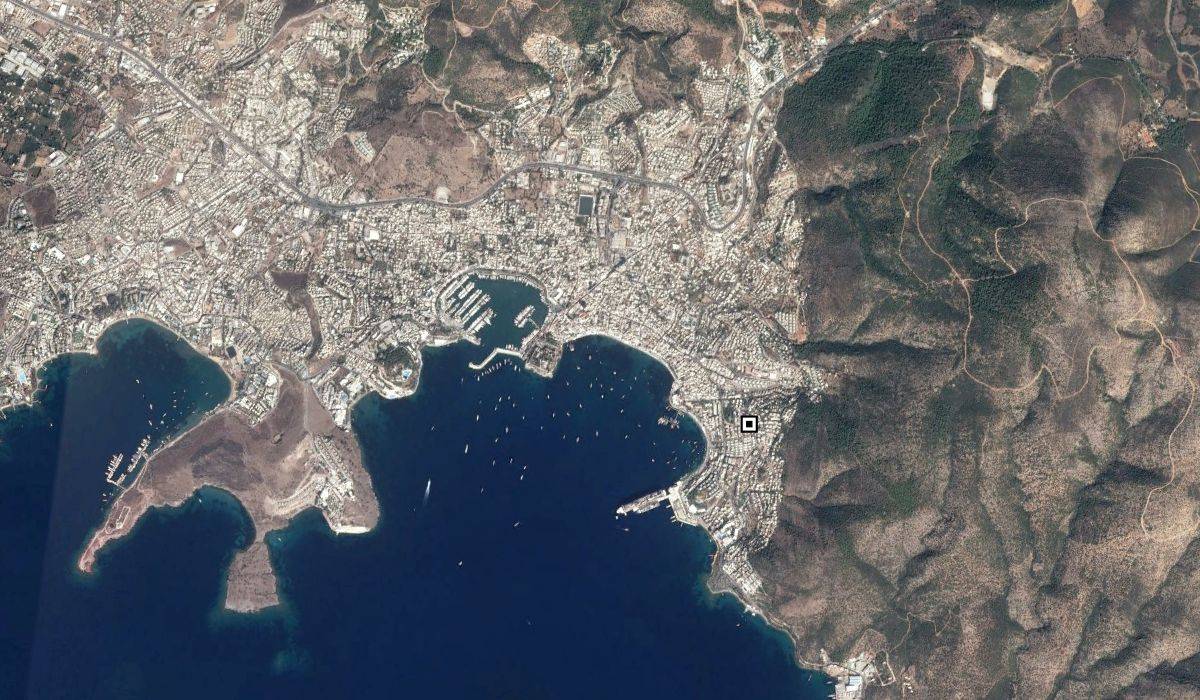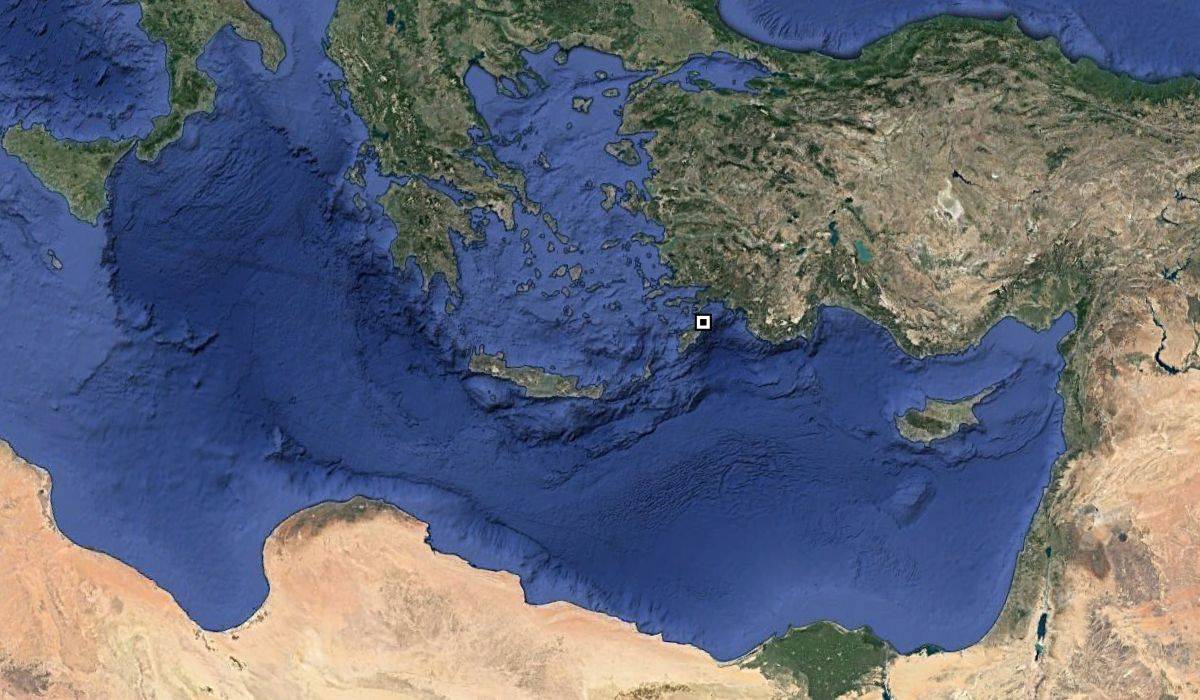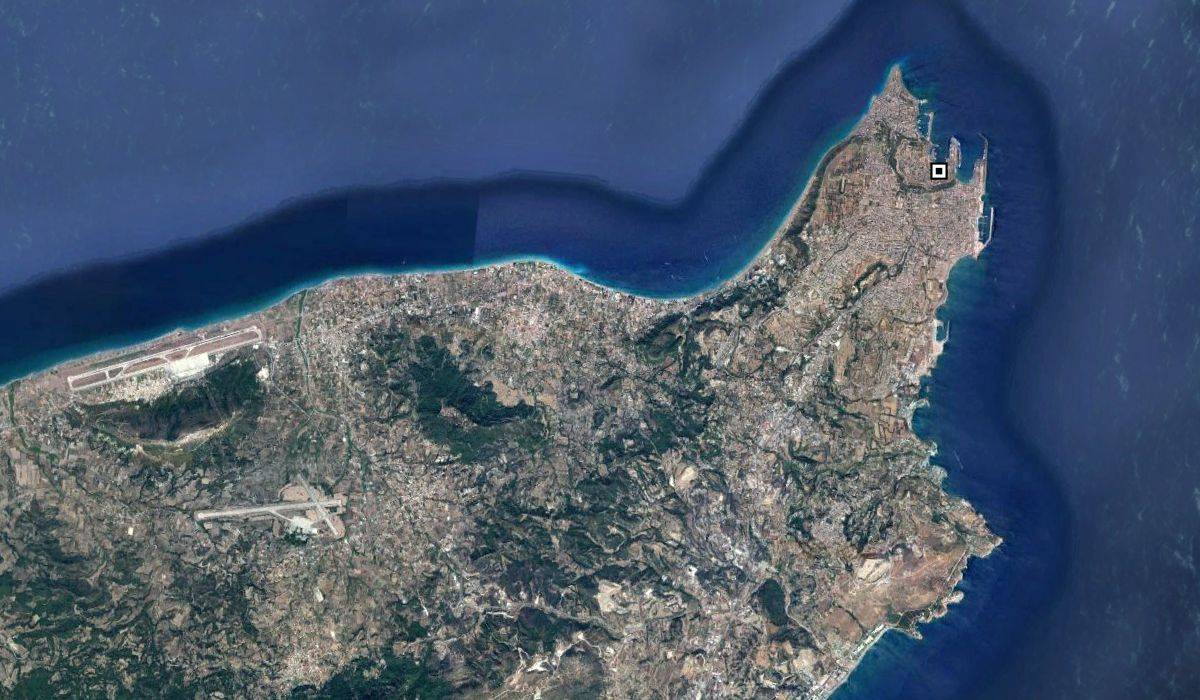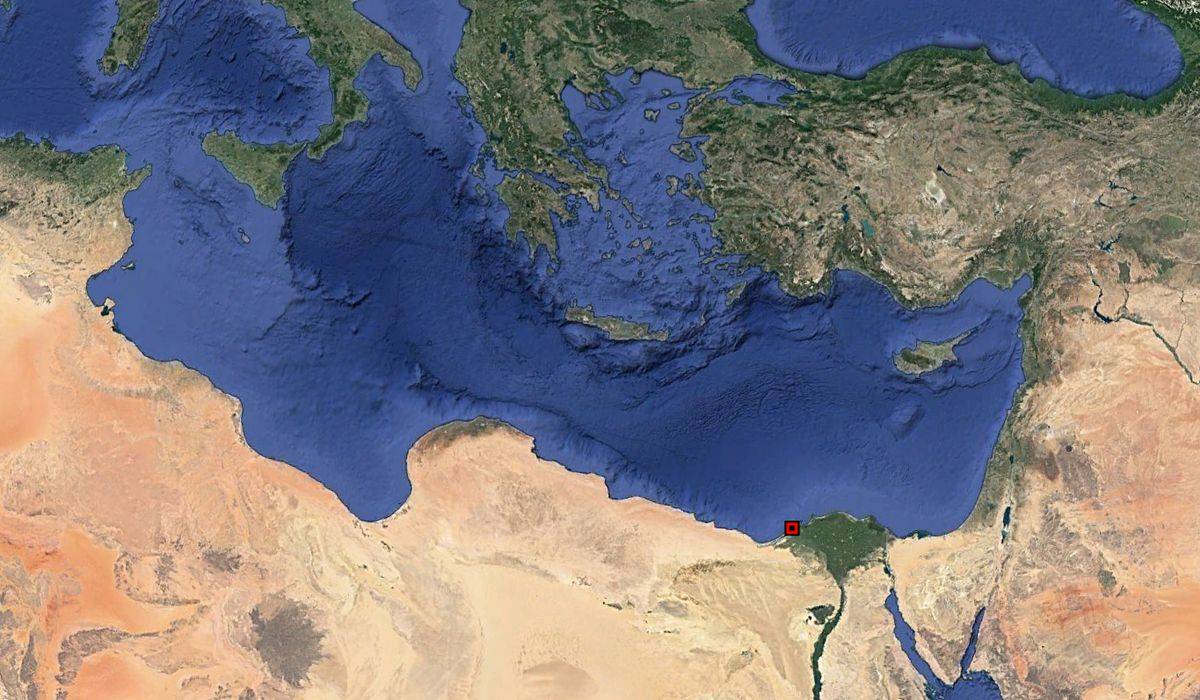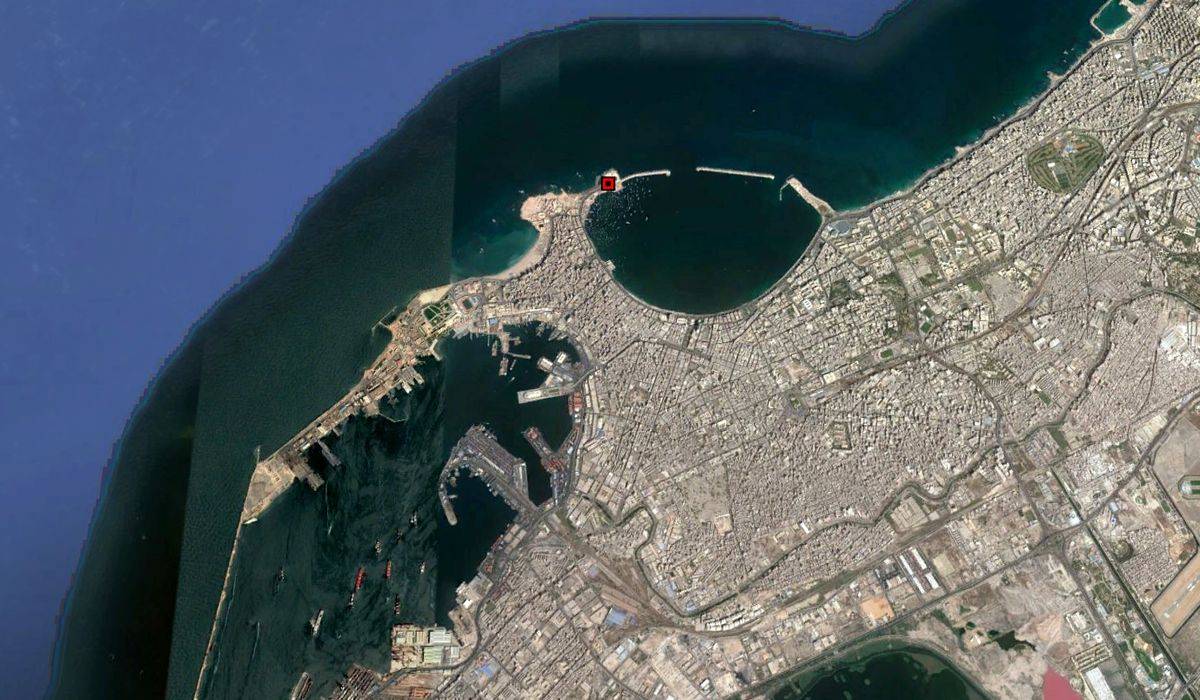The seven wonders of the Ancient World are monuments that have been selected for their size, beauty, and importance in the civilization that built it. The ancient world is limited to the Mediterranean rim and Asia Minor, so the map shows only this region. There are three geographical zones: In the North, 5 wonders are in Greece and Turkey, in the South two are in Egypt and in the East, one is in Iraq.
Then one can ask the question: Why are there so many wonders concentrated in the Greek empire? The answer is quite simple, it is simply because it was during this empire that the list was adopted almost definitively, the Greeks simply attributed the beautiful role by inserting as many monuments, leaving to the other civilizations the minimum. Only the gardens of Babylon and the pyramid of Cheops were not part of the Greek Empire, the first being in Persian and the second in Egypt. But if the statue of Zeus was in the heart of Olympia, the other wonders of the world were in the empire: The Turkish coast had been colonized, the island of Rhodes was also part of the empire and coastal Egypt was under the governorate of the empire, also. Besides, it was there that Alexander the Great built his city and his tomb. This explains why on the 7 wonders, 5 are in the Greek Empire.
Moreover, since they were constructed at very different times, one can not see an archaeological continuity between them. On the contrary, they are very different from one another, both in their representations and in their meanings. Here is a map to locate them.
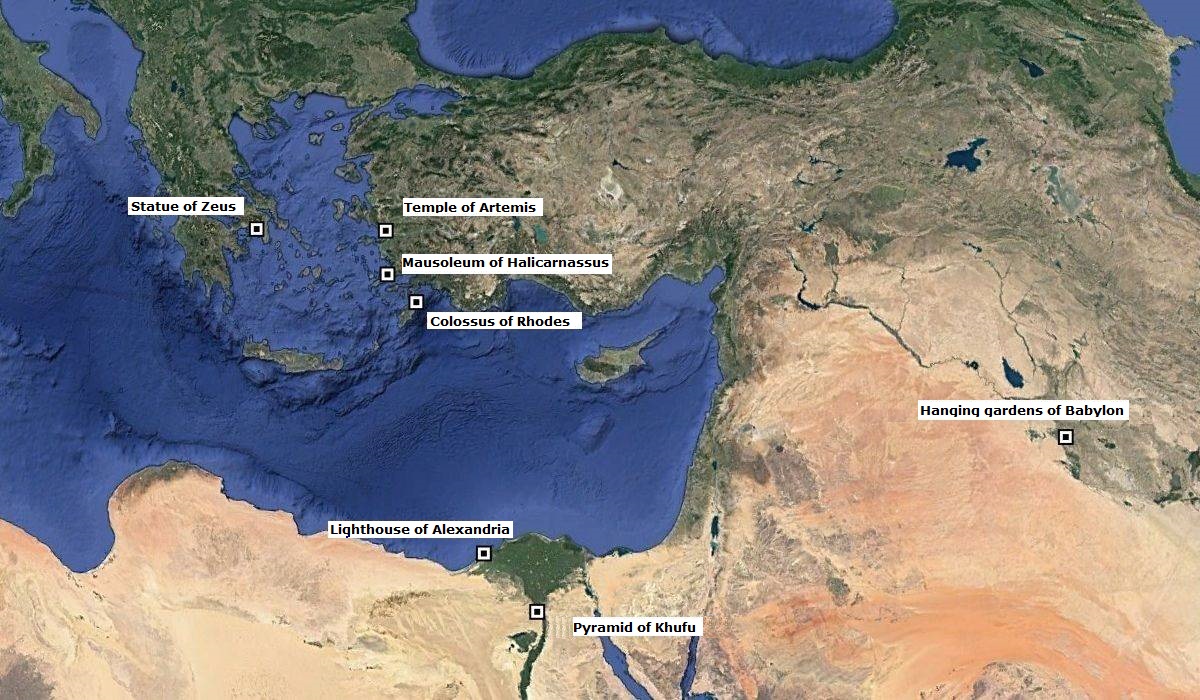
Each of these wonders has been identified, nowadays they have either disappeared permanently, or they are in a state of ruin. A doubt subsists on the very existence of one of them, the gardens of Babylon, the only one of those marvels to have neither direct testimony nor archaeological traces. But their locations place them in the city of Babylon, Iraq.
Where is the pyramid of Cheops?
The pyramid of Khufu was built within the Egyptian Empire during the reign of the Third Dynasty. After becoming a Greek province, then a Roman province (with a time during which the kingdom became independent again), the country regained its independence, definitively in the twentieth century, which means that this wonder is still in the same country at its creation and nowadays, which is not the case with other monuments on this list.
This monument is probably the best known of all this list. It is located in a royal necropolis of the 3rd millennium BC, a necropolis whose main tombs are those of the three pharaohs Kheops, Khefren, Mykerinos and their wives, all 6 made in the form of a pyramid more or less large, and d 'a real "mortuary city" to the west of the pyramids. We are in the west of Cairo, the capital of Egypt, on a limestone plateau gained by the urbanization of the city.
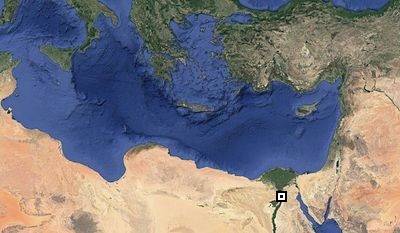
Pyramid of Cheops
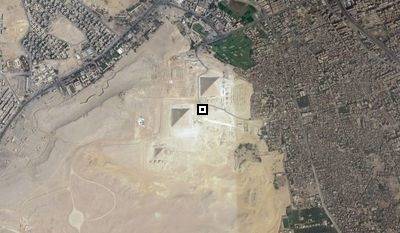
Pyramid of Cheops
Learn more about the Pyramid of Cheops.
Where was the gardens of Babylon?
The hanging gardens of Babylon were in Babylon, a city of ancient Mesopotamia. Nowadays it is in the remote suburb of Baghdad, Iraq, exactly 50 km south of the capital. The civilization which built them is one of the oldest in the world, and even before the Egyptian civilization.
Difficult to know more about these gardens which retain a great part of mystery, to the point that some specialists question their existences. So their pitches can not be more accurate. One imagines that they were in the center of the city, near the palace in an area not very accessible to the public, but it is only conjecture.
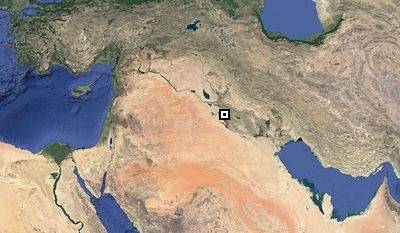
Gardens of Babylon
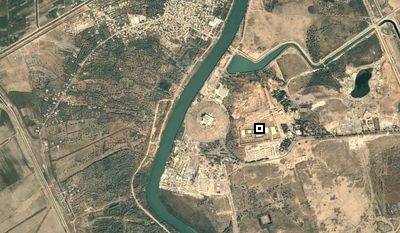
Gardens of Babylon
Learn more about the Gardens of Babylon.
Where was the statue of Zeus?
The statue of Zeus is a Greek wonder, the only one to be in a geographical area corresponding to the heart of the Greek Empire. Olympia was, at the time of the construction of the statue, a great intellectual, artistic and cultural center that dominated the world of the time. The city was - is, it still exists - on the Peloponnese (the Greek peninsula), less than 20 kilometers from the Ionian Sea. The statue was initially installed in the temple of Hera but was moved to the temple of Zeus when it was built, its worship becoming more and more important.
It was transported to Contantinople of the 4th century, a city under the influence of the Eastern Roman Empire.
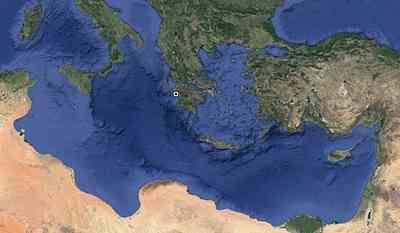
Statue of Zeus
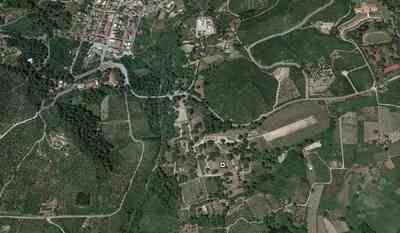
Statue of Zeus
Learn more about the Statue of Zeus.
Where was the temple of Artemis?
Le temple d'Artemis est aujourd'hui en ruine, le site archéologique se trouvant à 7Kms à l'Est de la ville de Selcuk, en Turquie. C'est à 50Kms au Sud d'Izmir. Cette ville fut construite à proximité des vestiges de la ville antique d'Ephèse, c'est pourquoi on parle toujours du temple d'Artémis à Ephèse. Cette ville était sur la côte à l'époque, il s'agissait d'un important port de la mer Egée, mais le relief a changé depuis et de nos jours elle est dans les terres.
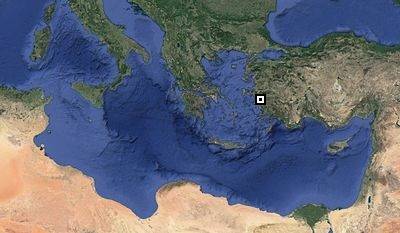
Temple of Artemis
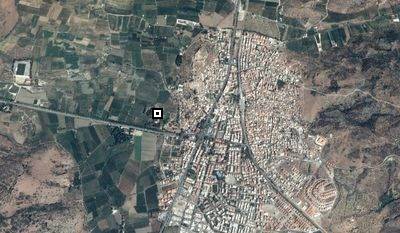
Temple of Artemis
Learn more about the Temple of Artemis.
Where was the mausoleum of Halicarnassus?
The mausoleum of Halicarnassus is an imposing building now in the city of Bodrum on the Turkish coast. It is a mainly touristic city today, a priori very interesting, archaeologically speaking since it is near Halicarnasse, that ancient city chosen by King Mausole as the capital of his kingdom of Caria. It is quite naturally in this town that his widow built her tomb, which took so large a proportion that this kind of building was called a "mausoleum." Strange to think that in the expression "Mausoleum of Halicarnassus", "Halicarnassus" is the place and "Mausoleum the name of the king" ...
The vestiges of the mausoleum of Halicarnassus are in the southeast of the city, they are still visible today. Exactly they are not even 500m north of the marina, right in the city center, along the avenue that separates the city in two.
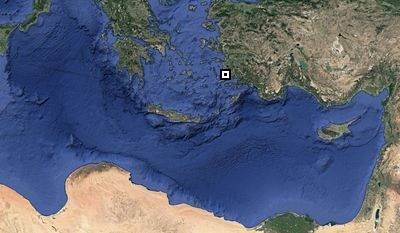
Mausoleum of Halicarnassus
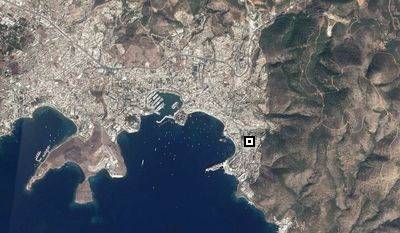
Mausoleum of Halicarnassus
Learn more about the Mausoleum of Halicarnassus.
Where was the Colossus of Rhodes?
The Colossus of Rhodes was a gigantic statue of the island of Rhodes, in the south of the Aegean Sea and near the Turkish coast. It was erected to commemorate the end of the siege of the city, in 305 BC. It was therefore a memorial. Its exact location is at the end of the port of Rhodes, but it is not safe because the archaeological study of the site has not been done as well - for now - as that of the lighthouse of Alexandria. The city of Rhodes is located at the eastern end of the island, facing Turkey.
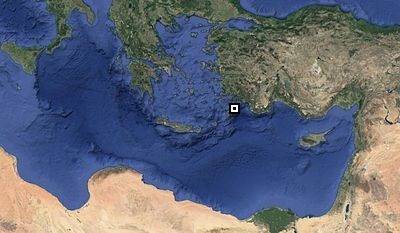
Colossus of Rhodes
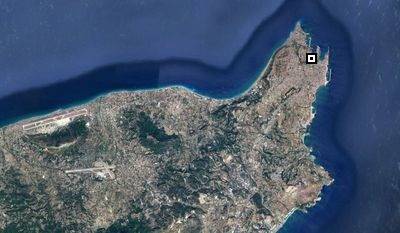
Colossus of Rhodes
Learn more about the Colossus of Rhodes.
Where was the Lighthouse of Alexandria?
The lighthouse of Alexandria was built on the island of Pharos, near the city of Alexandria, a city founded by Alexander the Great. This island, which gave birth to the word "Phare", was at that time connected to the continent by a thin strip of land which became, over the Aluvian deposits of the Nile, a broad strip of land on which the island developed. On the island, the lighthouse was at the eastern end, it marked the entrance to the port.
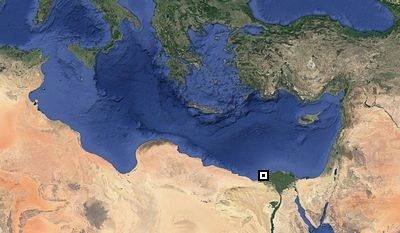
Lighthouse of Alexandria
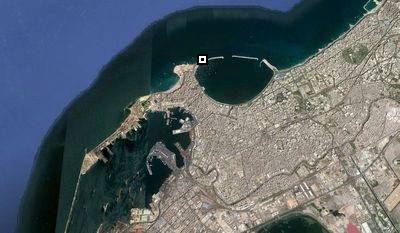
Lighthouse of Alexandria
Learn more about the Lighthouse of Alexandria.
See also:





